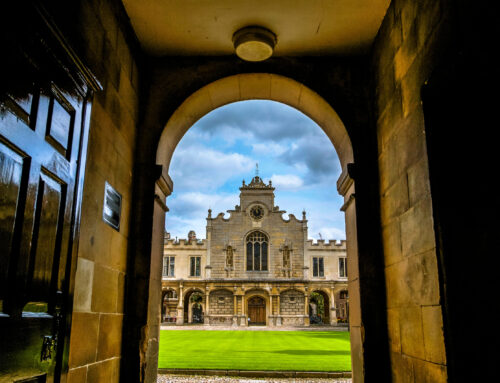With almost 70% of Oxford’s 2020 undergraduate places recently awarded to state school pupils, the question of representation within the universities of Oxford and Cambridge has become a hot topic. With notoriously high entry grades and a history of admissions that have not favoured state-educated students, awareness is beginning to show in the recent changes to their offers.

But what provoked this change, and why is it important? In Getting Into Oxford and Cambridge 2020 Entry, Matthew Carmody explains “both Oxford and Cambridge have seen a dramatic rise in the percentage of students from the state sector over the last decade”, and the latest statistics serve as a testament to that statement, especially when compared to the statistics of five years ago when the state school offers for Oxford were just 56%. However, he also iterates that “a little over 80% of UK pupils are in the state system at A level” and that “it is arguable that there is a long way to go” towards reaching proportional representation. Indeed, whilst at a glance the recent statistics appear to be in favour of state school pupils, the fact remains that although 69% of intake to Oxford is from state schools, it still stands that over 80% of UK pupils are state educated, suggesting a disproportional bias towards private school students. Although there is still a lot of progress to be made, both Oxford and Cambridge’s recent statistics suggest that times are changing for the elite establishments.
Director of Undergraduate Admissions and Outreach at Oxford, Dr Samina Khan, stated: “We are delighted by this record number of offers to state school students, and to students from under-represented backgrounds. […] We know that students from some backgrounds are not as well-represented at Oxford as they should be, and we are determined that this should change. Having taught in state schools during my career, I know the wealth of talent that lies there”.
However, this hasn’t come without its own share of issues, mainly regarding the issue of privately educated students losing out on places. In 2019, Cambridge University focused on encouraging attendance from deprived areas of the UK, increasing their overall fresher numbers from 12% to 14% which in turn meant that capable private school students consequentially missed out on receiving offers. This isn’t helped by the limit on student intake; both Oxford and Cambridge have no plans to significantly increase the number of places offered to students. Although the issue may never have a clear-cut answer, helping students from under-represented backgrounds is no bad thing.
Increasing student intake from state schools is due to continue, with Oxford aiming to have a 10% increase in the amount of under-represented students by 2023, giving our brightest students, regardless of socio-economic background, the chance to study among the dreaming spires.
Laura joined the Indigo team as an intern in 2019 after completing her English MA at Cardiff University. An aspiring writer, she spends most of her free time typing away at her laptop, hoping something good will come out of it.





